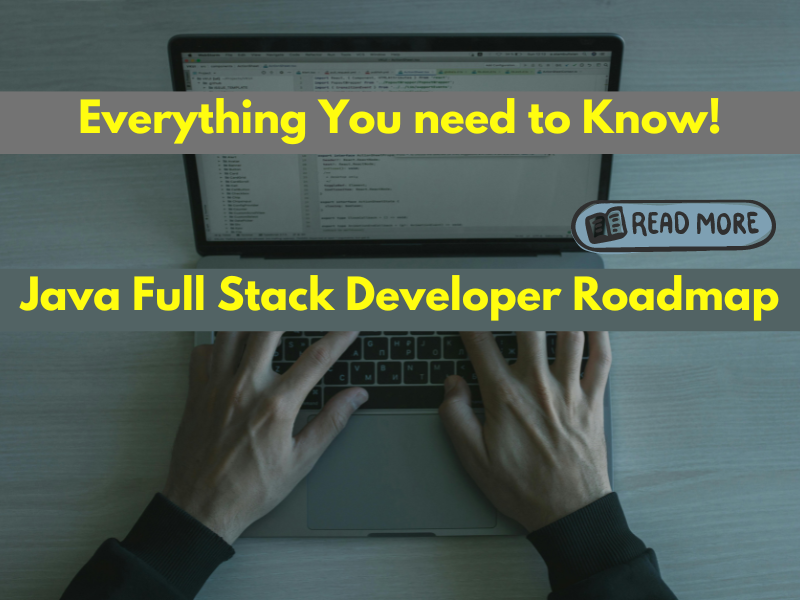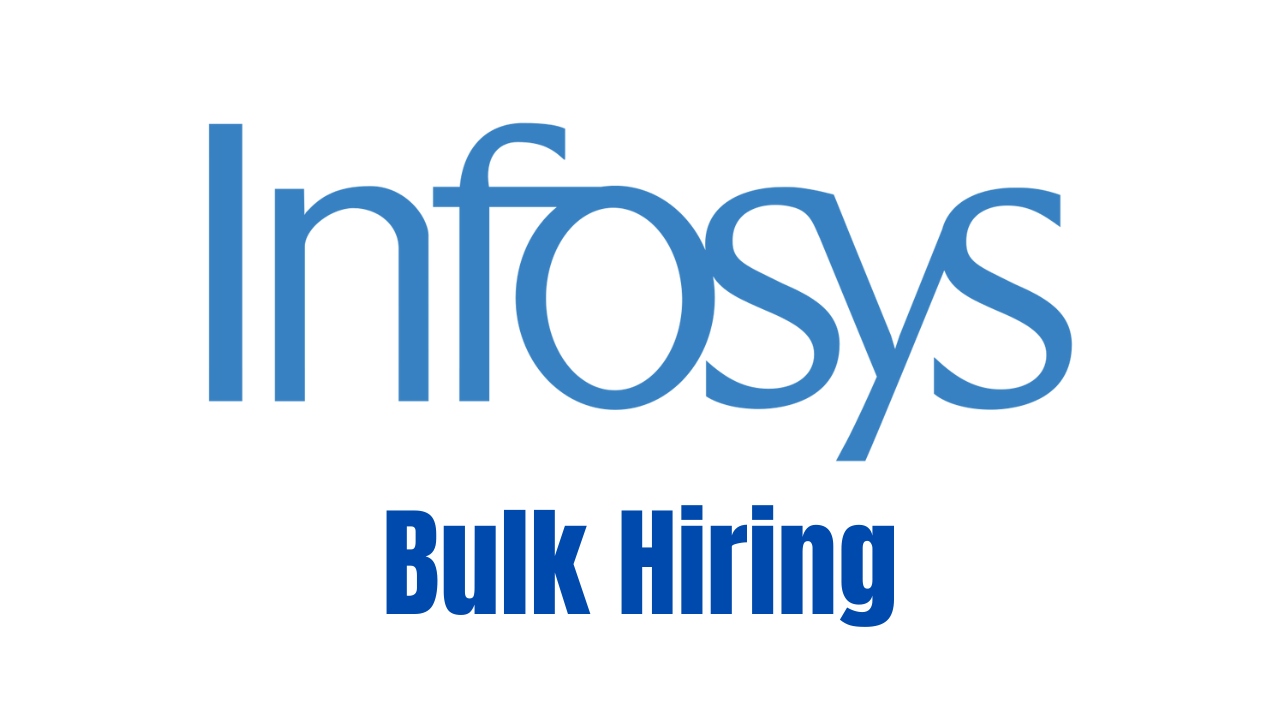Java Full Stack Developer Roadmap: From Frontend to Backend Mastery – Everything You need to Know!
Before jumping to the topic “How to become java full stack developer” let’s get some basic things cleared.
I can break the topic into two distinct subtopics, each comprising substantial concepts on their own.
“Java” & “Full Stack Developer” represent these subtopics. Java, as a programming language, plays a crucial role in the path towards becoming a Full Stack Developer. A Full Stack Developer is characterized by expertise in various domains:
1. Front End Development
2. Backend Development
3. Database Connectivity
4. Essential Tools and Practices (Terminals, Git & GitHub, Deployment)
Java is a programming language that will be used as a technology in backend development. There is a separate blog, where I have explained everything in detail about Java. Here we will be concentrating more on various domains that I mentioned above.
Join Telegram Channel for Job updates
-
- Front End Development:–
You need to learn different Technologies and Frameworks to become good at Front End development. These technologies will help you build the user interface (UI) of your web application. The looks and feel of your website will be decided on your skills, to use these technologies and Frameworks.The Technologies that you should learn to become a Front END Developer –
1. HTML – It helps to create the basic structure of a website
2. CSS – Used for adding style to your website i.e the looks of our website.
3. JavaScript – It helps to add the logic to your website’s content and structure.There are multiple frameworks that you can choose from –
1. Angular
2. Svelte
3. React
4. Vue.js
5. jQuery
- Front End Development:–
-
- Backend Development:–
Backend development refers to the server-side of web development, where the logic of an application resides. It involves handling user requests, processing data, interacting with databases, and generating responses to be sent back to the client.
In backend development, a developer generally works with a programming language and does the following tasks-
1. Implement the logic of application
2. Fetching and updating data from backend
3. storing new information
4. Testing the application with different tools
5. Deployment To complete these tasks you need to have knowledge of different Technologies like -1. Any Programming language (Java, Python, Ruby, PHP)
2. Frameworks (Spring/Spring boot for Java, Django/Flask for Python, Ruby on Rails for Ruby)
- Backend Development:–
-
- Databases/ Database Connectivity:–
Database are very important in web application development and mainly backend development. We need our client’s data to be stored properly, managed effectively and retrieved effeciently. Therefore the choice of database depends on factors such as data model requirements, scalability needs, performance considerations, and project constraints. It’s essential to evaluate the specific requirements of your application and choose the database that best meets your needs.
There are different types of databases used which we can study separately and dive deeper, for now I can list up some commonly used databases below -1. Relational Databases like – MySQL, PostgreSQL, Oracle database, Microsoft SQL Server2. NoSQL Databases like – MongoDB, Redis, Cassandra
3. Key-value stores like – Amazon DynamoDB, Apache HBase
4. Graph Databases like -Neo4j
- Databases/ Database Connectivity:–
-
- Essential Tools and Practices:–
There is no order to learn these tools but they are necessary to use other levels of “Java Full Stack Developement”.
1. Git – Learn version control to manage and track changes in your code.
2. Maven or Gradle – This will be helpful when you want to manage all your code level dependencies and build the project.
3. CI/CD (Continuous Integration/Continuous Deployment ) tools – like Jenkins. It helps in faster delivery of high quality code also reduces the risk of error and downtime of production.
4. Cloud Service like AWS, Azure, Google cloud -for deploying and scaling applications.
- Essential Tools and Practices:–
Conclusion :–
Full Stack Development is a combination of all the 3 layers Web development. You need to learn each layer separately and practice by making new projects or cloning the existing ones to gain more knowledge. Becoming Pro, will take a lot of patience, time and dedication. You can start by learning the basics and the diving deep into each layer. You can take guidance from experienced developers and also contribute to enhance your knowledge. Whether you’re a seasoned developer or a beginner, the journey of mastering Full Stack development offers endless opportunities for growth and innovation. Happy Learning!
Join Telegram Channel for Job updates
Read More-
Click here to learn More about Java







